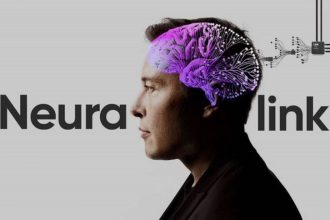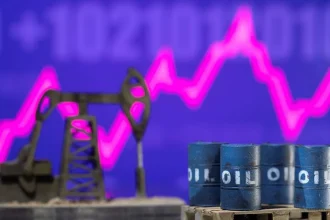On August 15, 2025, a new prophecy from Japanese psychic Tatsuki Ryo sent shockwaves across Asian social media. Her cryptic message reignited public interest in her famous 1999 prediction of a “great disaster” in March 2011, a forecast that, in hindsight, aligned with the devastating Tohoku earthquake, tsunami, and Fukushima nuclear meltdown, as reported by Asia News Network.
Ryo’s 1999 prediction gained international attention after the 9.0-magnitude earthquake and tsunami struck Japan in March 2011, resulting in over 15,000 deaths according to The Japan Times. The precise nature of her warning earned her a cult following. Today, fans on X are poring over her latest prophecy for potential clues. However, the new forecast offers no specific locations or dates, heightening anxiety and speculation among her followers.
In 1999 Tatsuki Ryo warned of a “great disaster, year 2011, month 3.” In March 2011 Japan suffered from an earthquake, tsunami and the Fukushima nuclear meltdown.
Her latest prophecy sent tremors of fear across Asian social media https://t.co/bnYsqBo9Q0
— The Economist (@TheEconomist) August 15, 2025The vagueness of Ryo’s new message has fueled comparisons to her prior prediction, with social media users debating whether another natural disaster or geopolitical crisis could be imminent. The viral spread speaks to heightened public sensitivity toward predictions in a world shaped by recent global crises.
While Ryo’s 2011 foresight continues to bolster her reputation, critics argue that her latest prophecy lacks substance and may stoke unnecessary public fear. Experts urge the public to approach such claims with caution, especially given Japan’s ongoing risks from seismic and climate events. This episode underscores how social media can amplify both preparedness and panic, illustrating the outsized influence of predictions in disaster-prone regions.
Tatsuki Ryo’s prophecies remain powerful reminders of the profound impact psychic forecasts can have on the public psyche—especially when amplified by digital platforms. While such predictions can drive important discussions about preparedness, they also risk fueling widespread anxiety.






